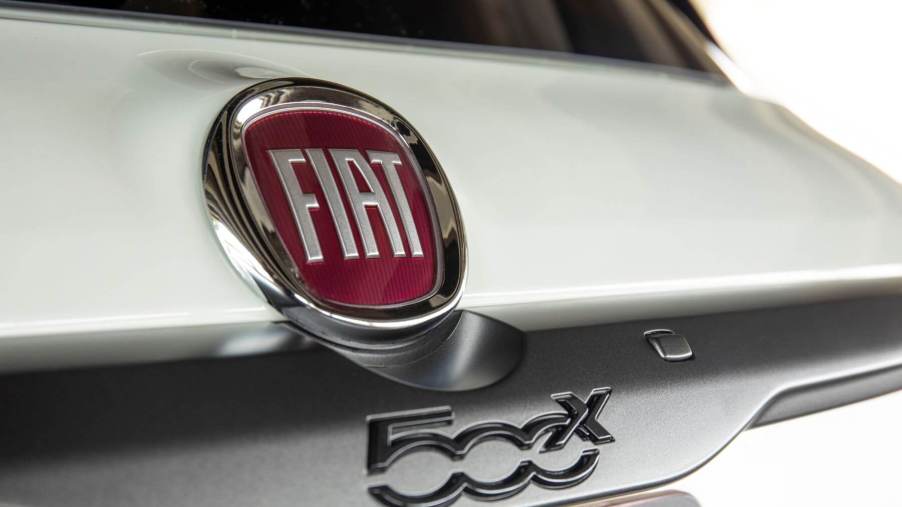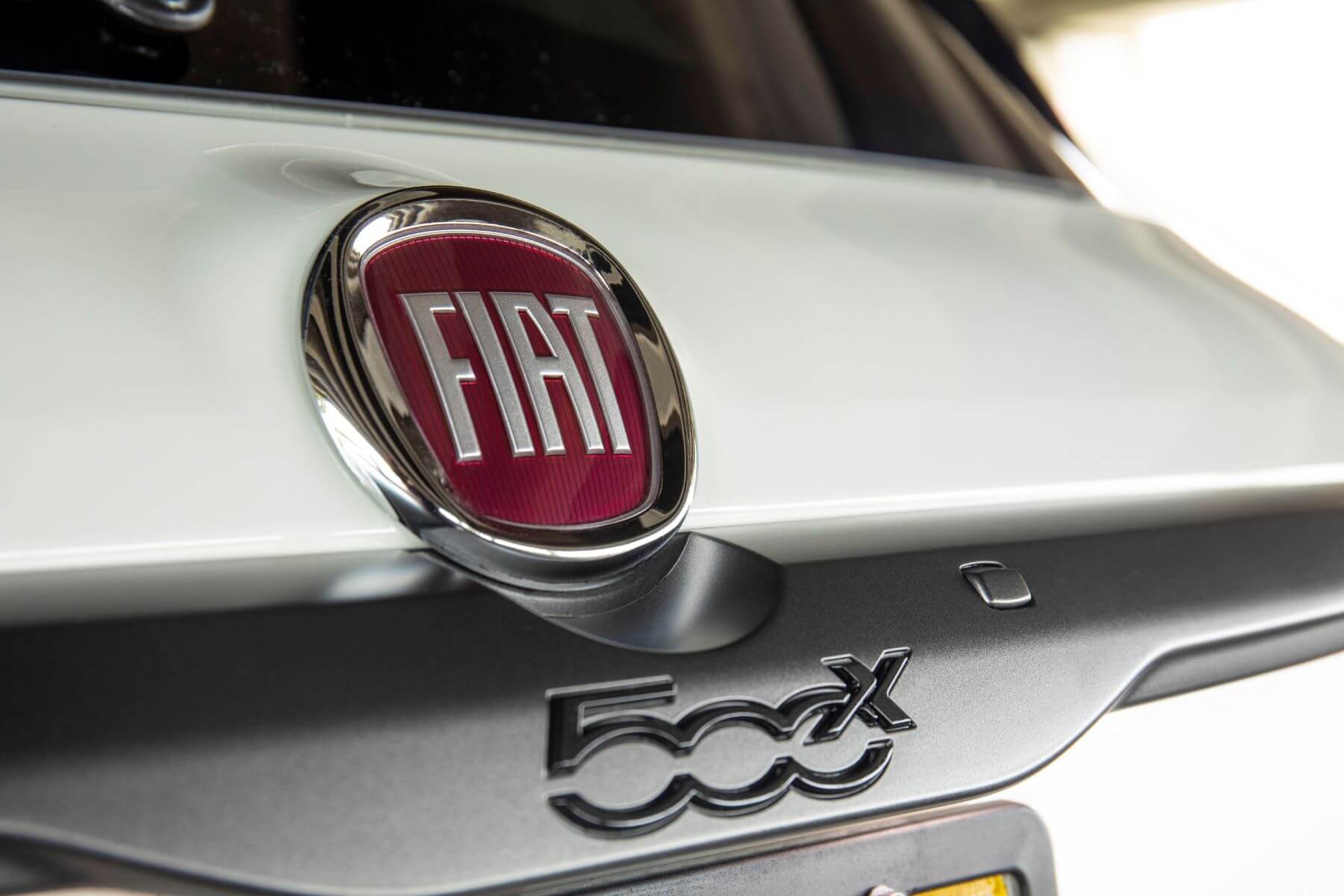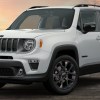
What Does 500X Stand for in the Fiat 500X?
Currently, the only Fiat model selling on American soil is the 500X version, which isn’t getting too much attention from buyers. That’s despite the refreshed features the brand has tried to spruce it up with. What will its fate be? Let’s look at what the model offers, peek at its history, figure out what the model’s name stands for, and then see if we’ll continue to see this crossover in the years to come.
The history of the Fiat 500X name
The Fiat 500X is part of the 500 series family of vehicles the brand has been producing for quite some time. It all started with the 1957 Fiat Cinquecento, designed to be a city car when affordability was important for Italians trying to recover from the war.
Five decades later, the Cinquecento vehicle would make its way back into the market with more modern styling and an engine mounted in the front instead of a rear mount, which the older version had. However, it’s now known as the Fiat 500. That’s because the name Cinquecento literally means ‘500’ in Italian. It comes from the original car, powered by a 500cc displacement engine.
The 500 model would eventually be joined by the 500L, which was the same vehicle, only larger (L standing for larger). For the 2015 model year, a new crossover found its way into the same family, this time with the name 500X, which signifies what type of vehicle it was.
The introduction of the 500X came when small and midsize crossovers were extremely popular, so the brand took the body of a redesigned 500 body and put it on the platform of the Jeep Renegade. Thus, a crossover (signified by the X) was born for the Fiat brand.
What does the Fiat 500X offer?

The Fiat 500X has two generations of crossovers. The first ran from 2015 to 2018 and was powered by several engine options. You could choose a 1.4-liter paired with either a six-speed automatic or manual transmission. There was also a turbocharged 1.4-liter engine available as well. All three of these produced 140 horsepower. The last unit was a 1.6-liter paired with a five-speed manual gearbox.
There were also a few diesel options, which were combined with a six-speed manual or nine-speed automatic transmission. The base model came with the 1.4-liter, which enabled the vehicle to go from 0 to 60 mph in 9.8 seconds. For the interior, you got a 5- or 6.5-inch infotainment screen with a DAB radio, satellite navigation, and voice guidance, according to AutoEvolution.
The second-generation Fiat 500X comes with your choice of a 1.0 or 1.3-liter three-cylinder engine. It also has a 1.6-liter option, which is an e-TorQ engine. You’ll find it paired with a five-speed manual transmission, while the 1.0-liter has a six-speed stick shift.
The 1.3-liter is combined with a six-speed automatic. There’s also a handful of diesel engine options as well. As for acceleration time, you can expect to get approximately 10.9 seconds on a 0 to 60 mph run with the 1.0-liter engine. The top speed for the Fiat 500X is 117 mph.
How well has the crossover performed, and will it stick around?
The Fiat 500X had its 500,000th unit produced in 2019, which it celebrated by creating a special edition of its model. According to Stellantis, that unique model was also made in response to the brand’s 120th anniversary.
This version comes with a two-toned painted exterior representing a tuxedo with a white tone combined with black accents. Under the hood is a 1.3-liter turbo engine paired with a dual-clutch automatic transmission. There’s also a Capri special edition model, which came out in 2022.
As for the future, the Fiat 500X will not be sticking around. Motor1 reports that this crossover is set to be discontinued for the 2024 model year. Instead, the Fiat 500e will be returning to join the electric vehicle market.


